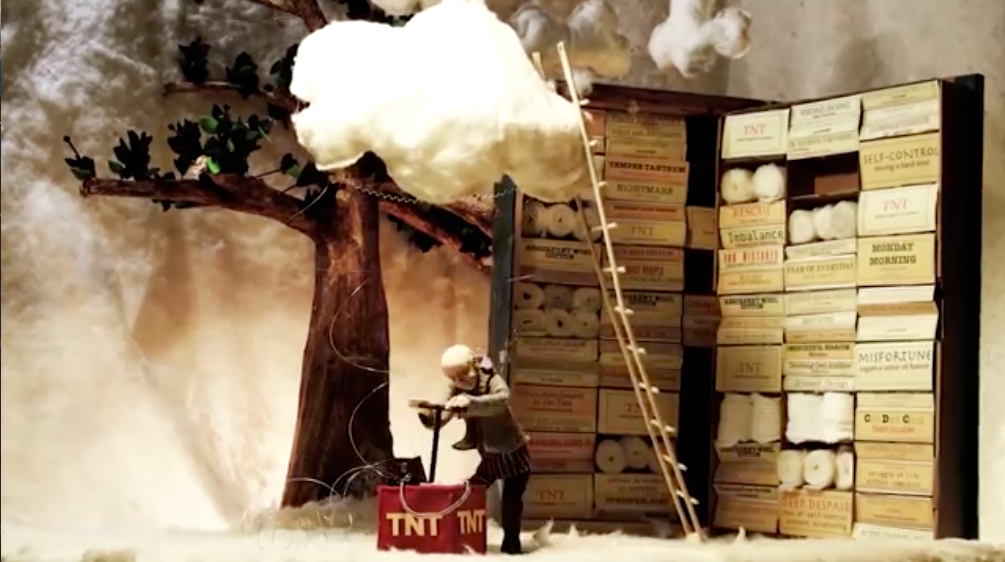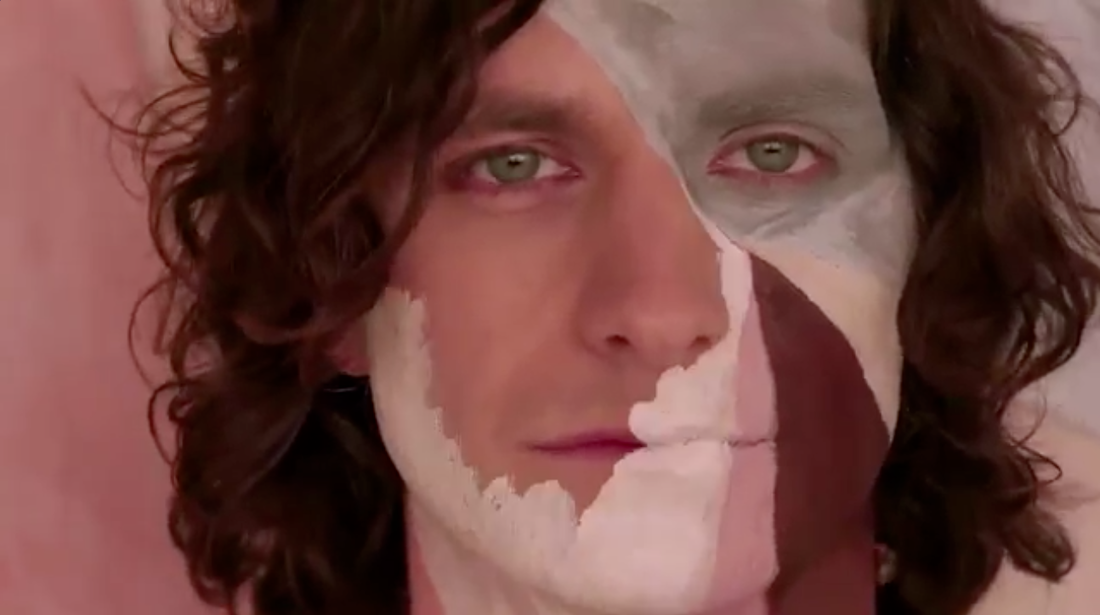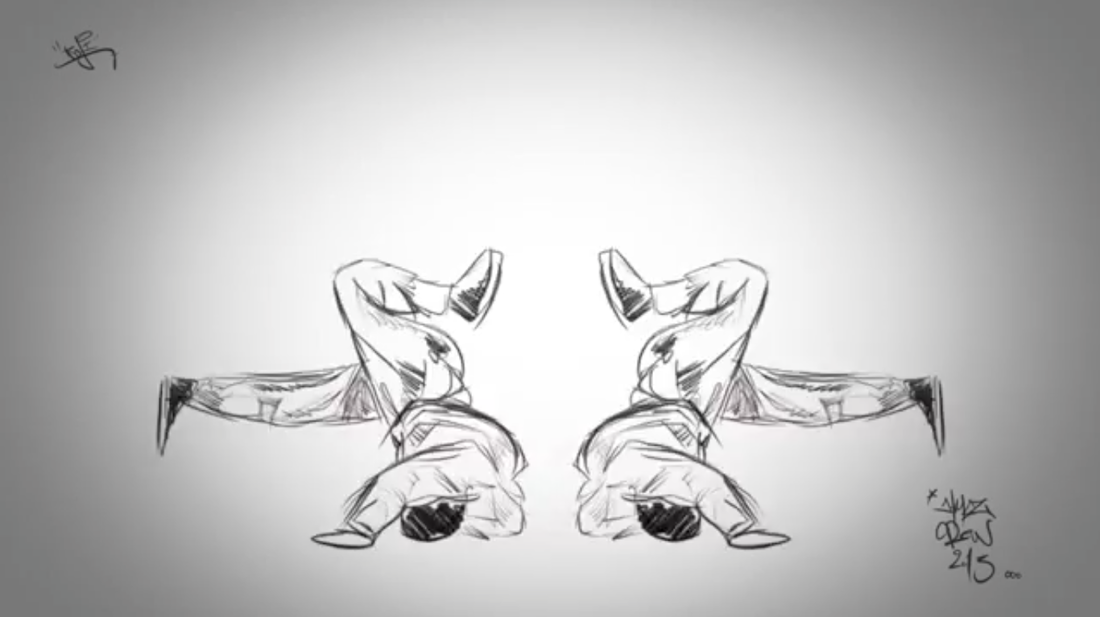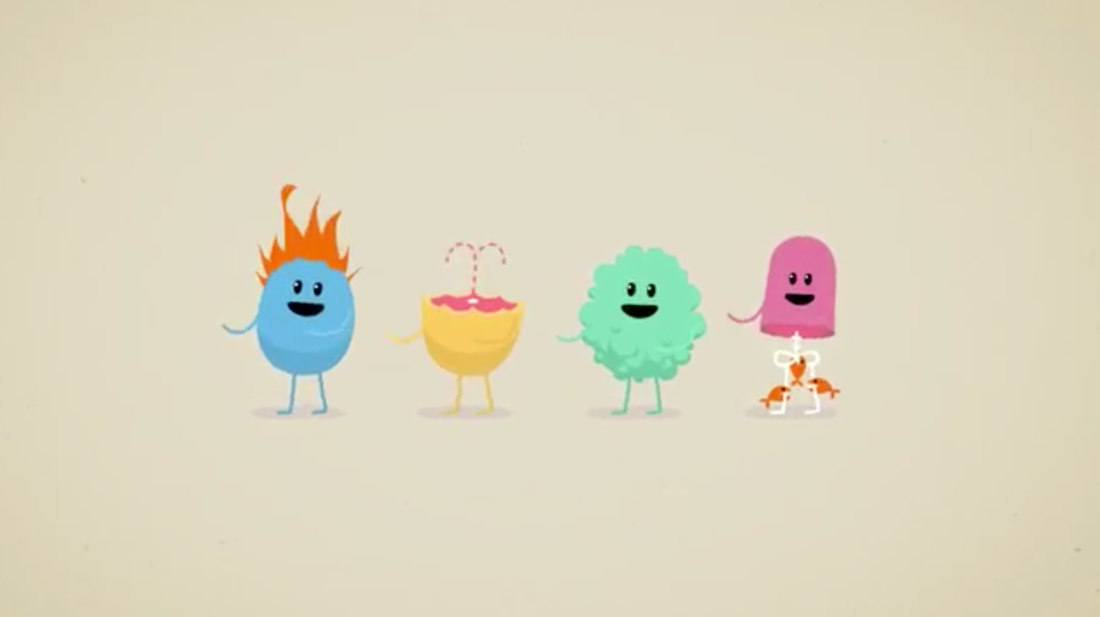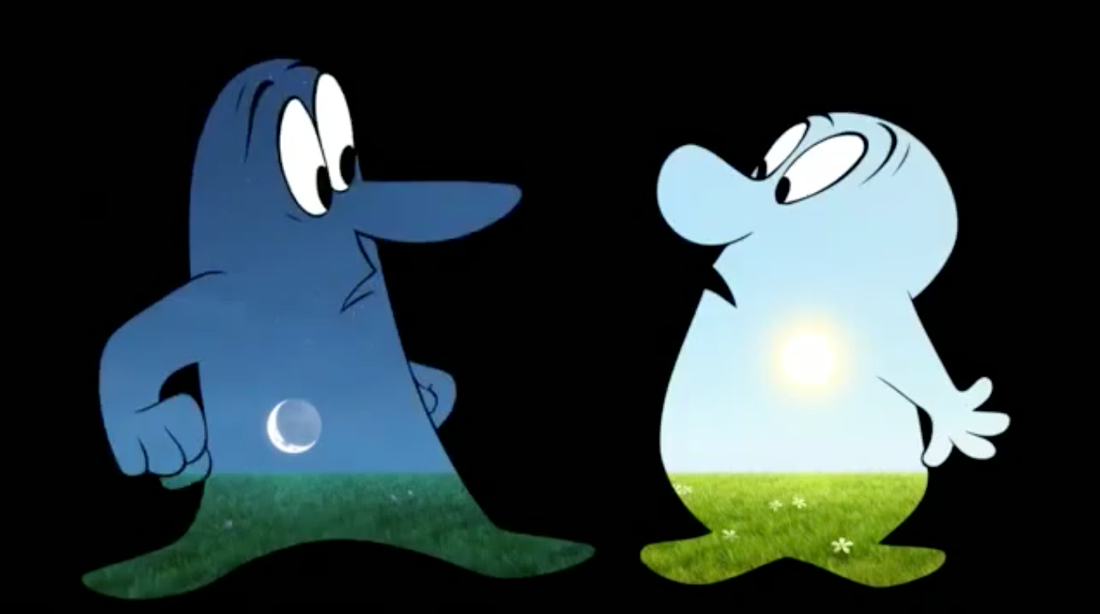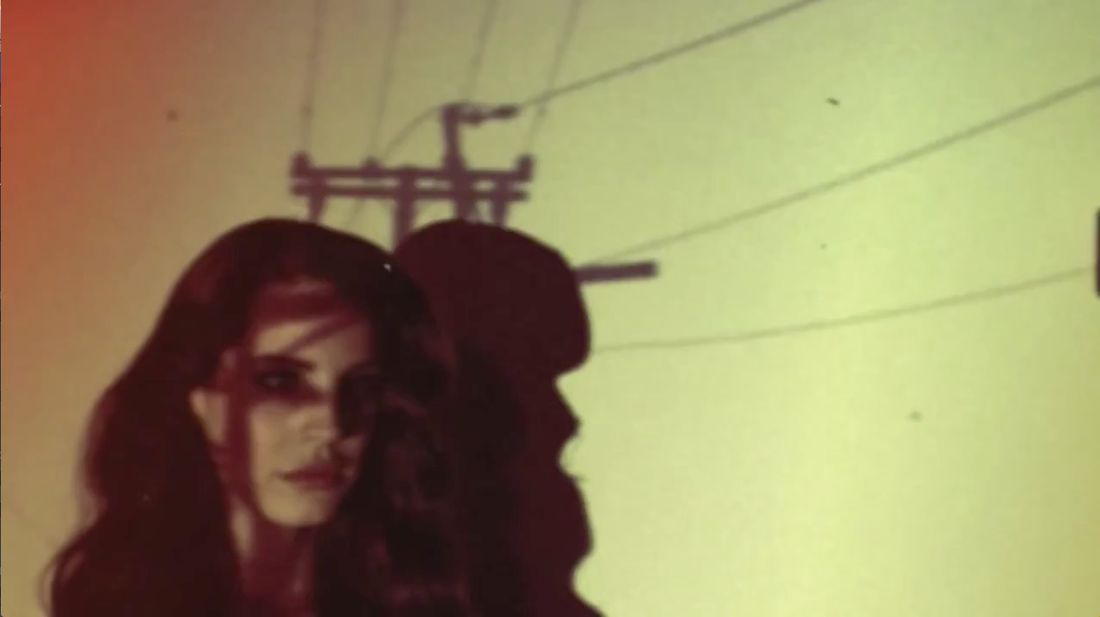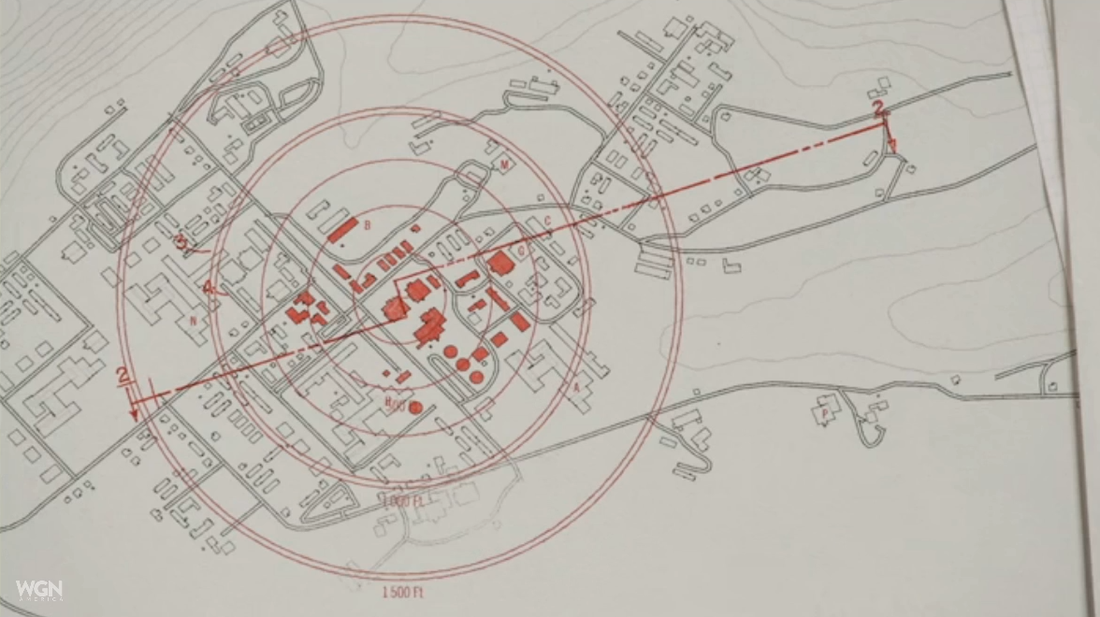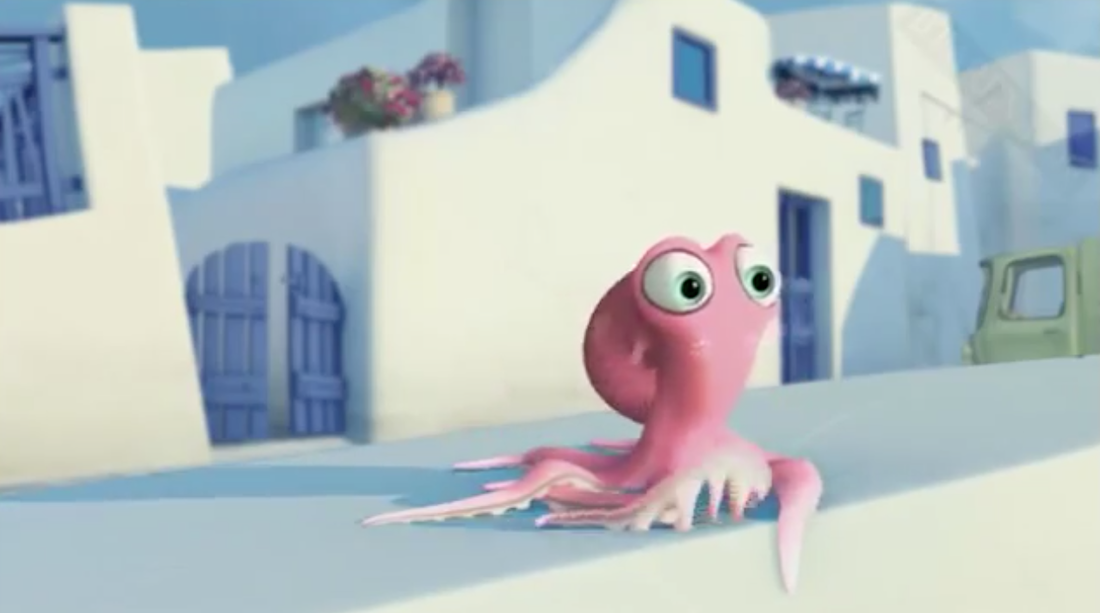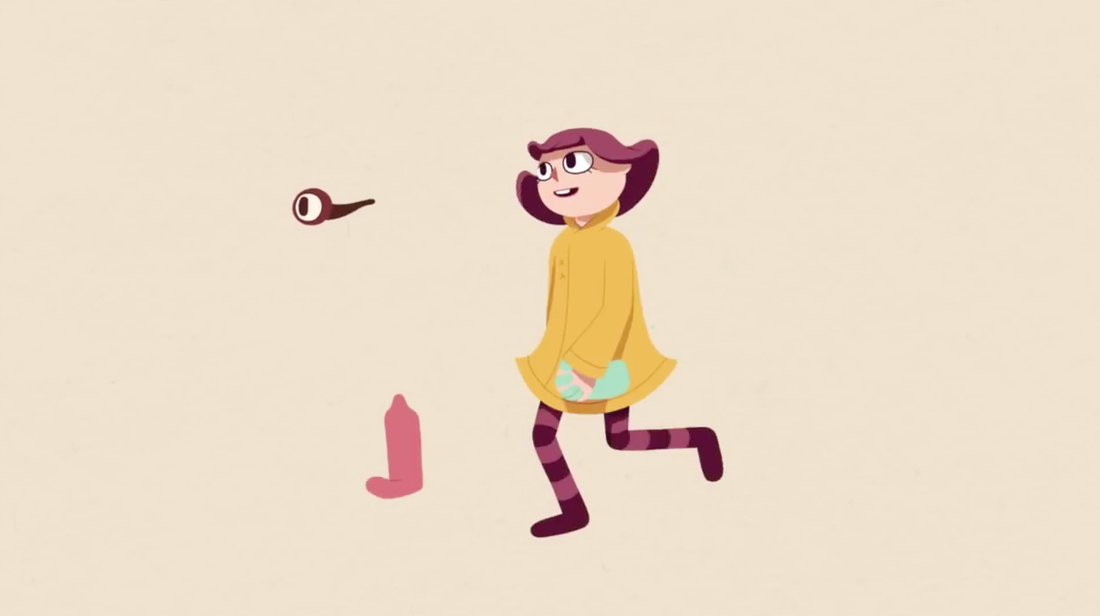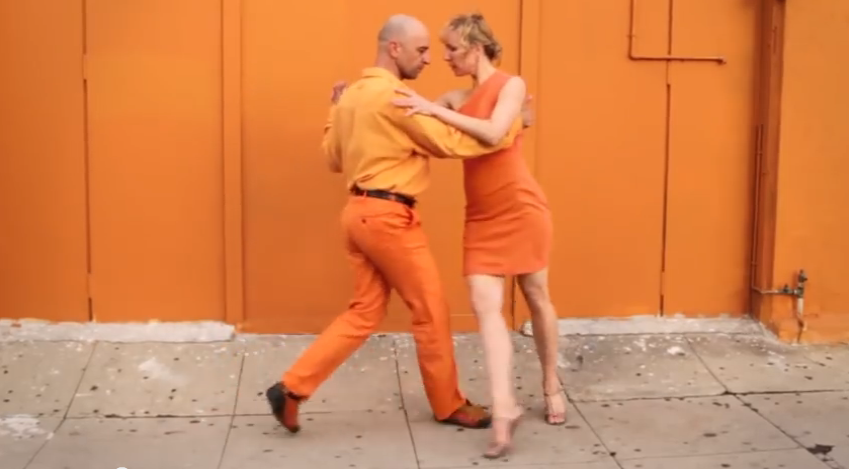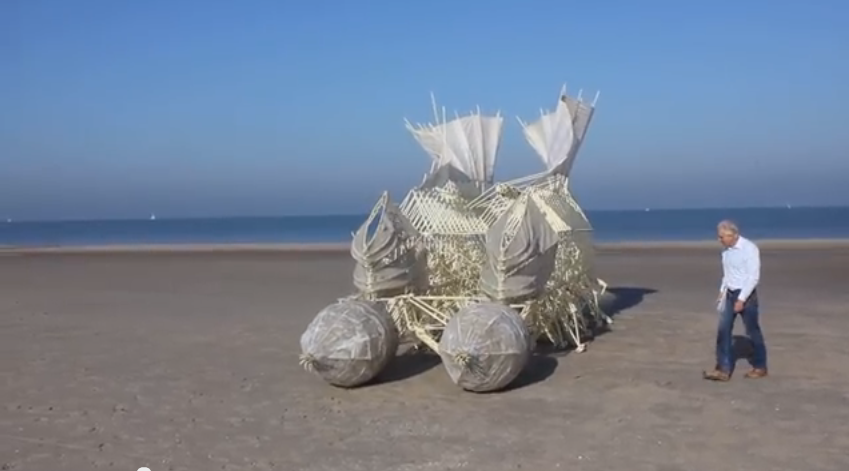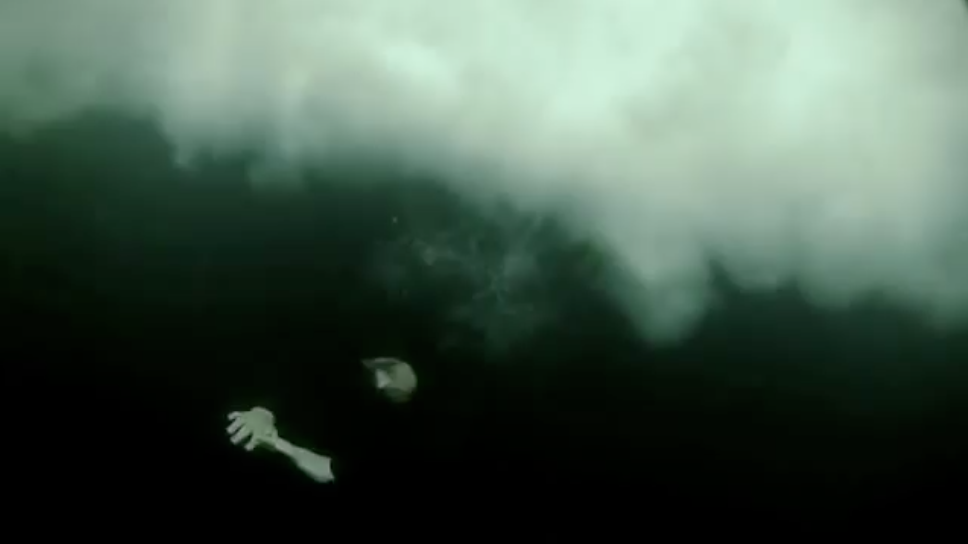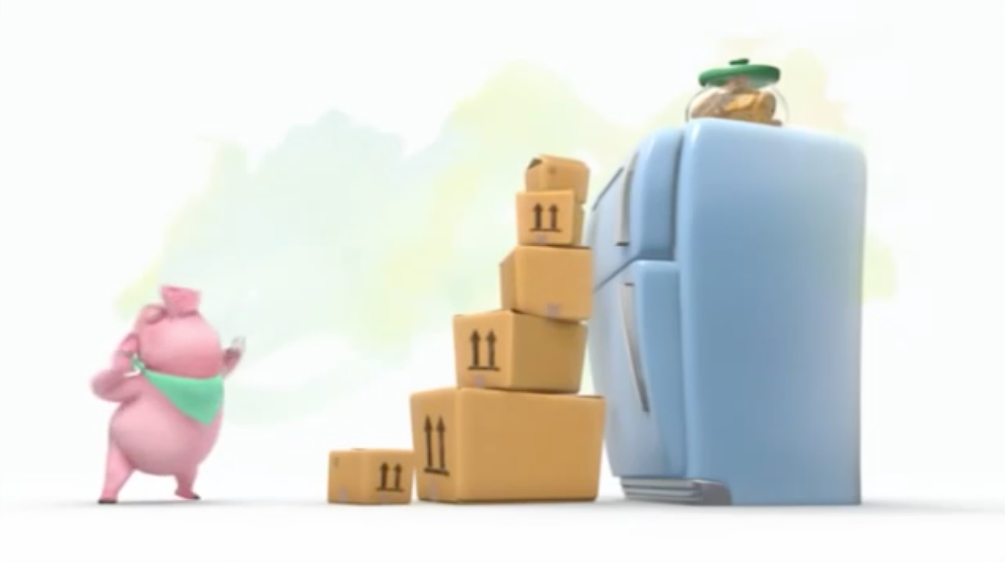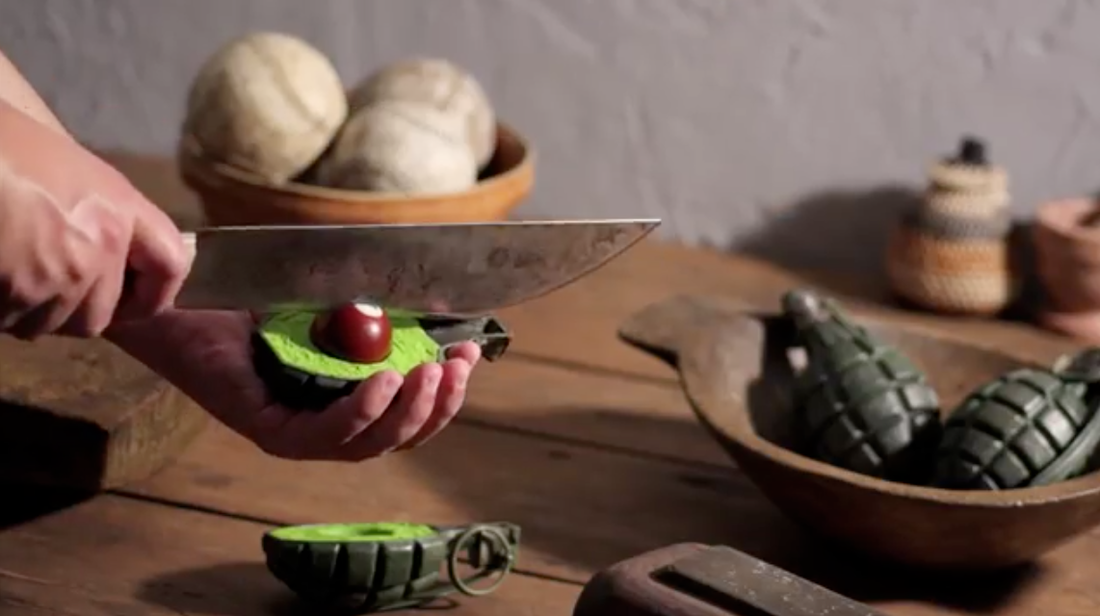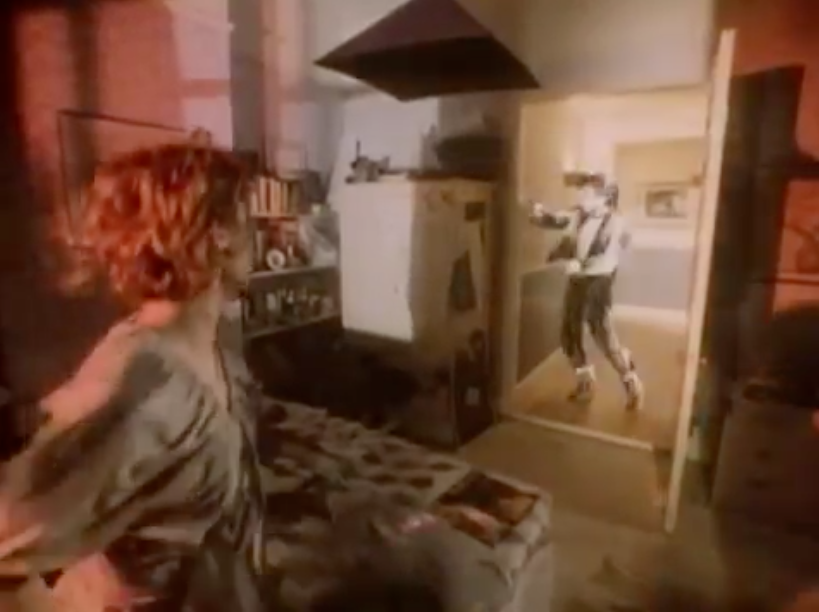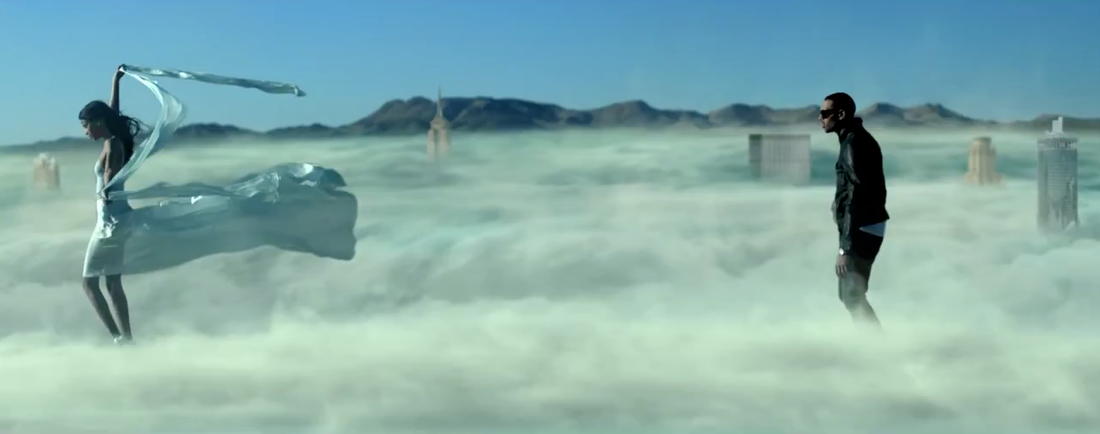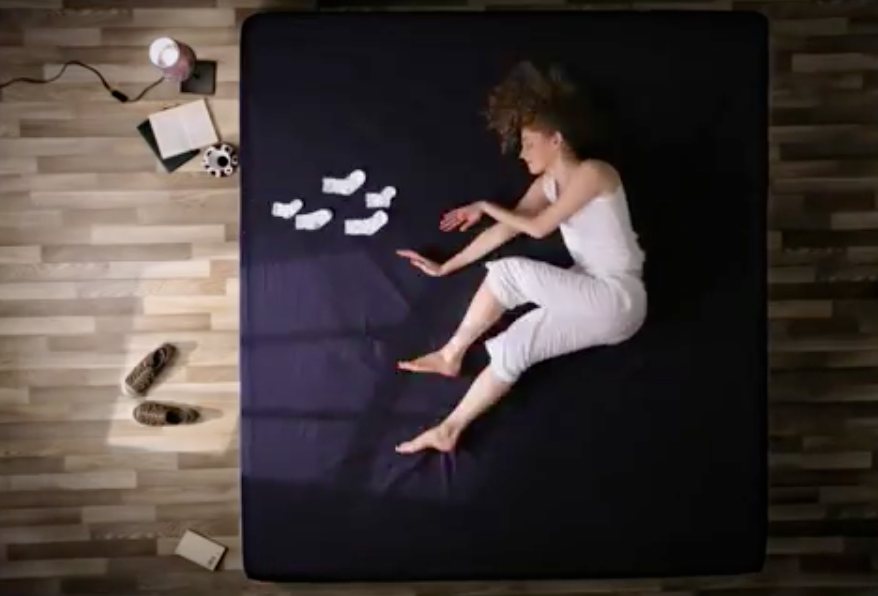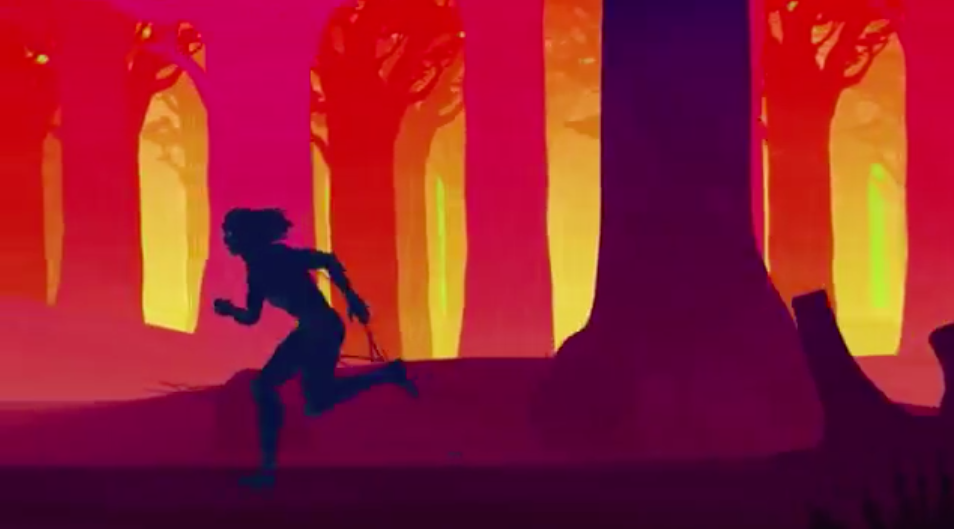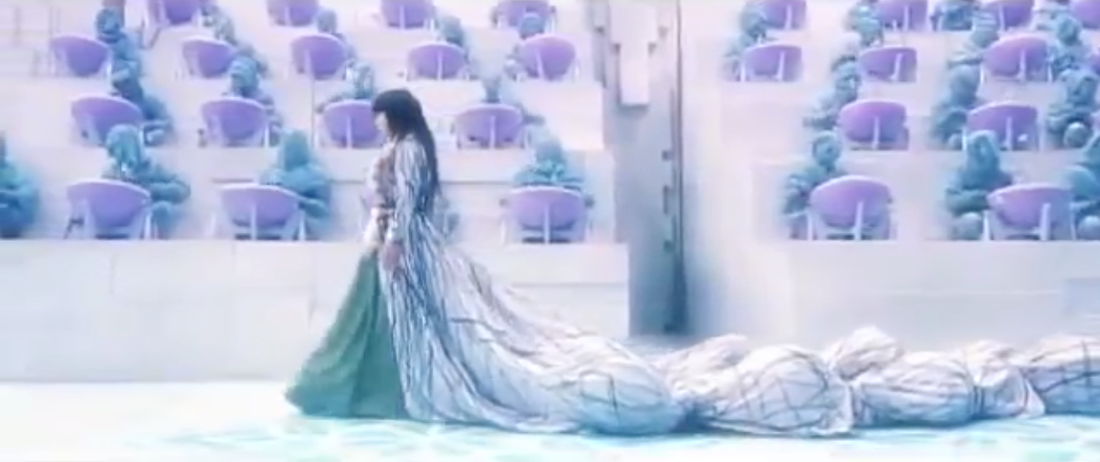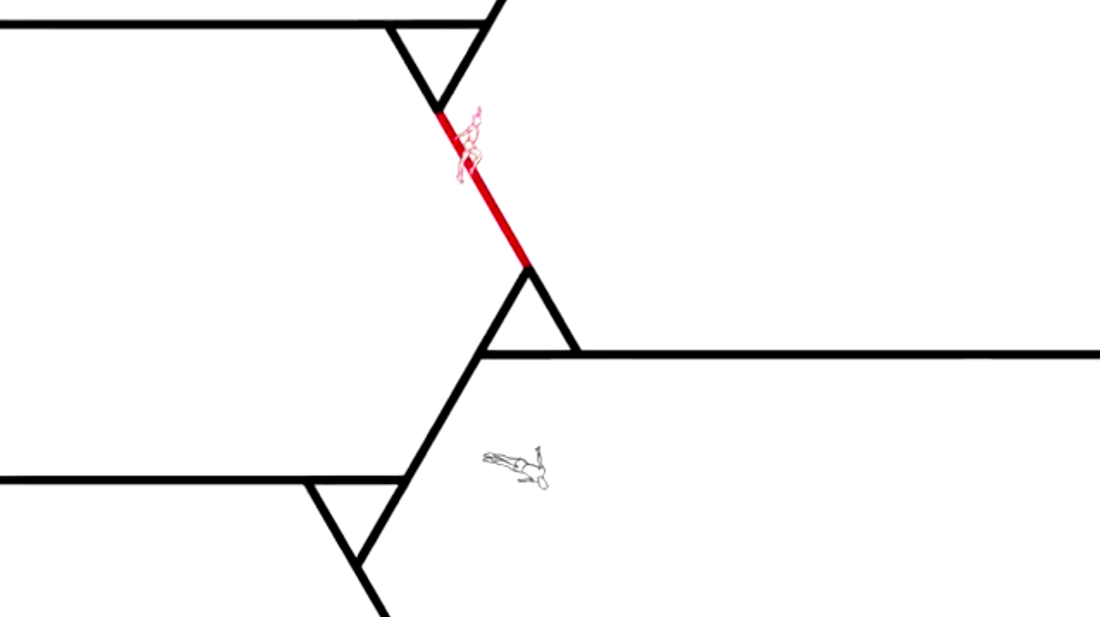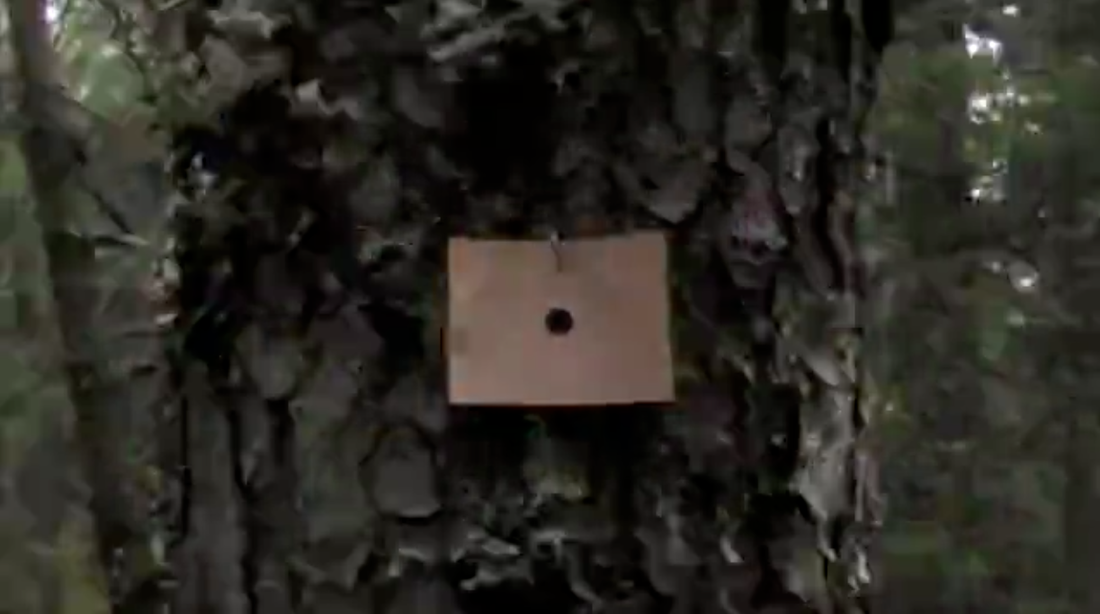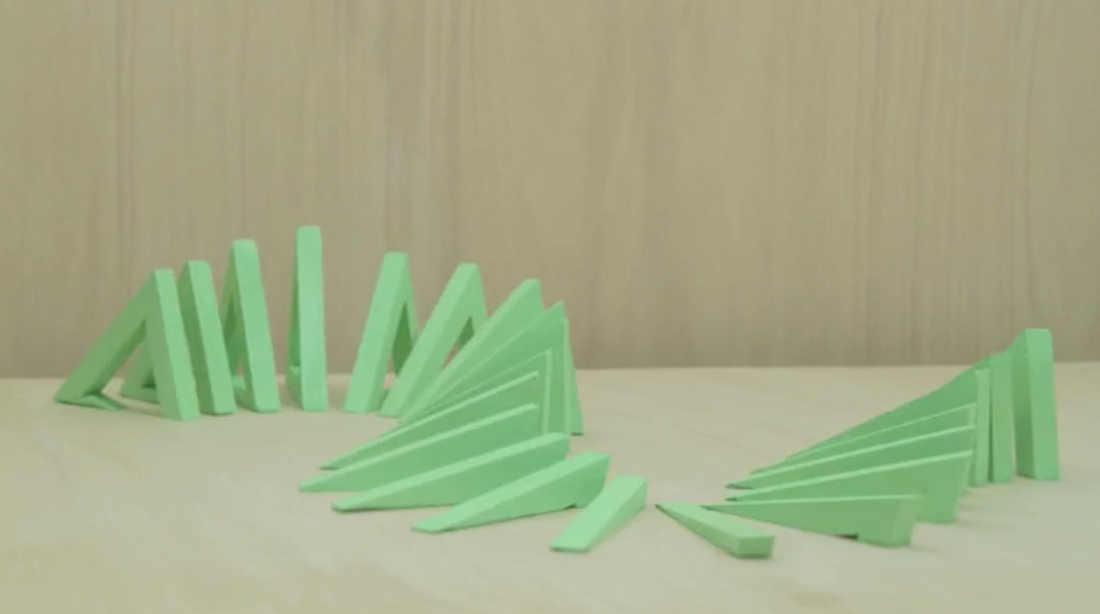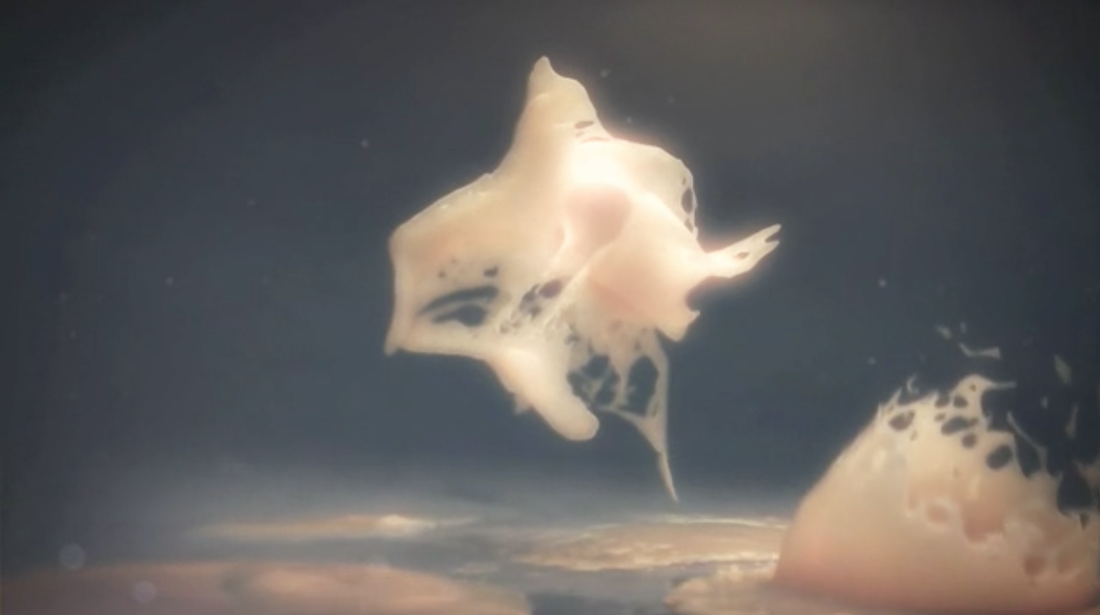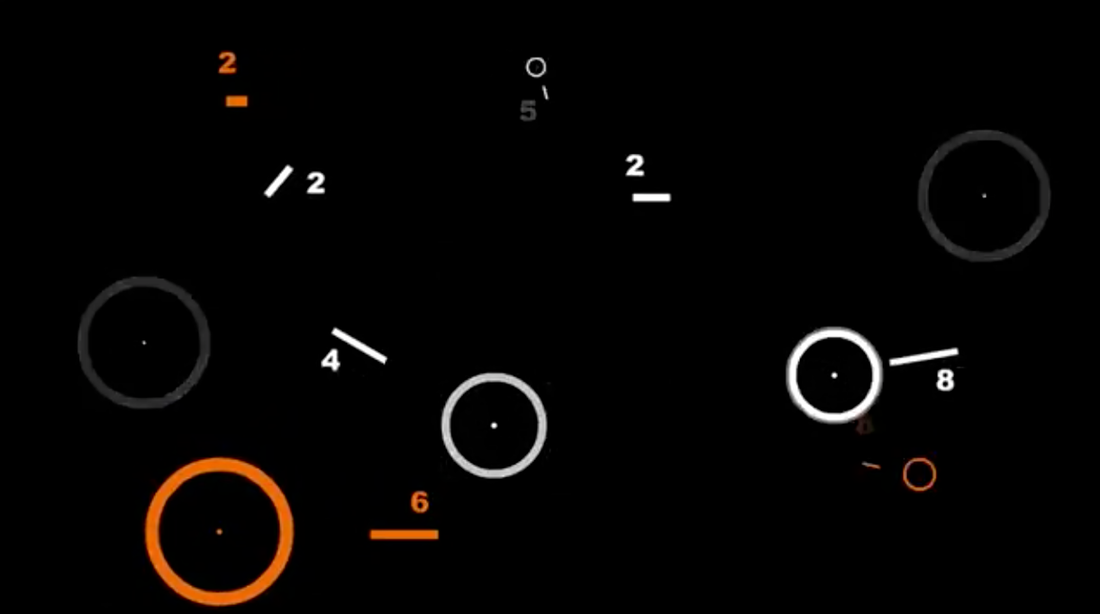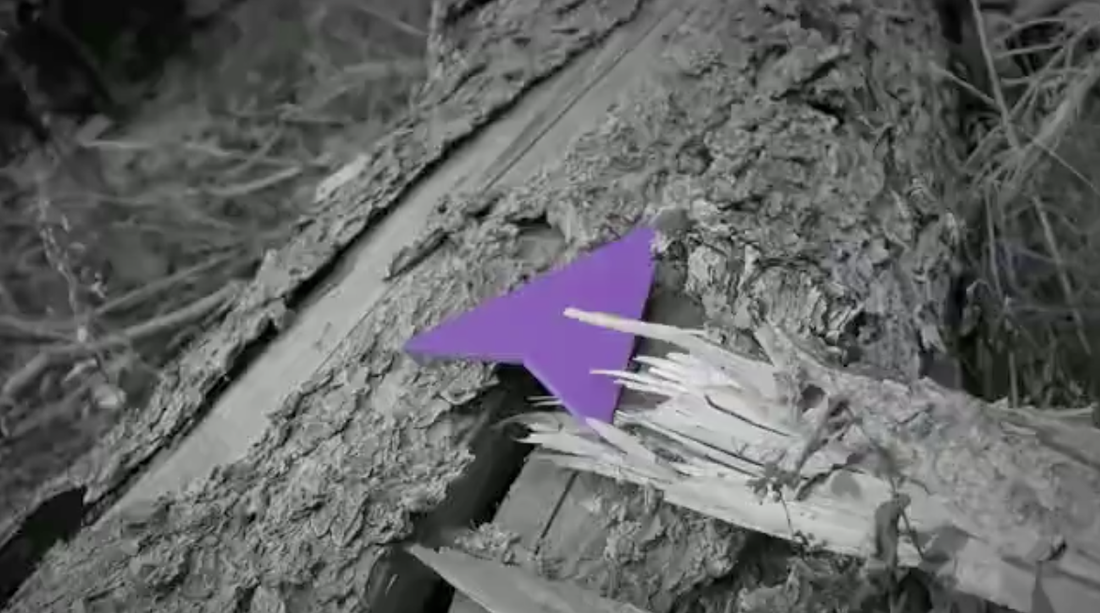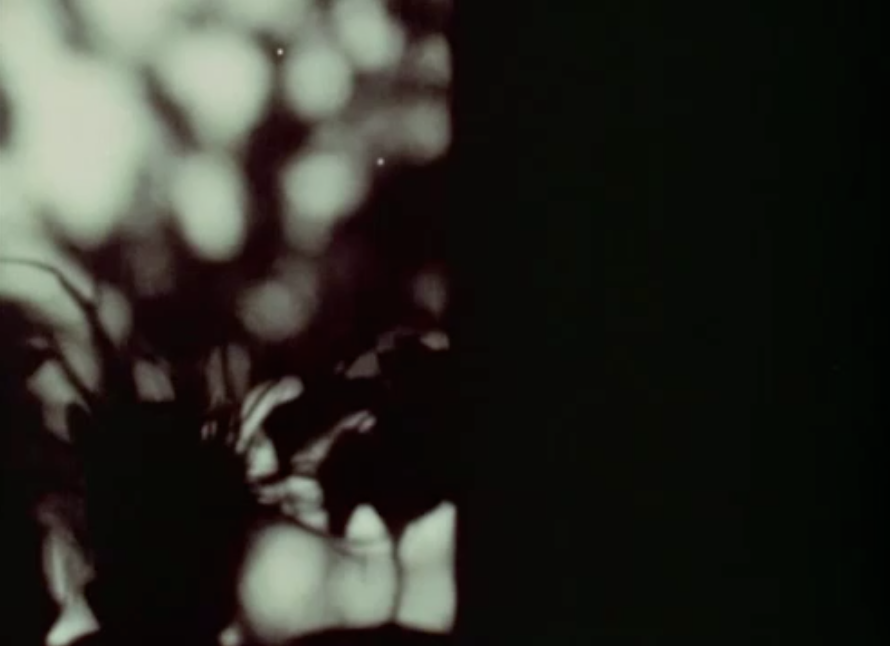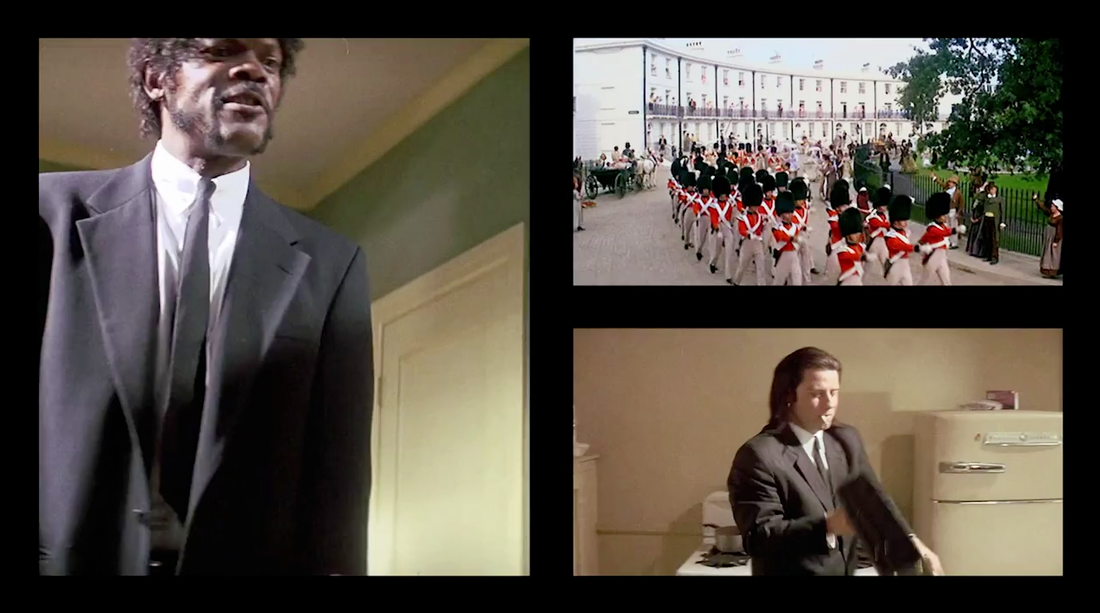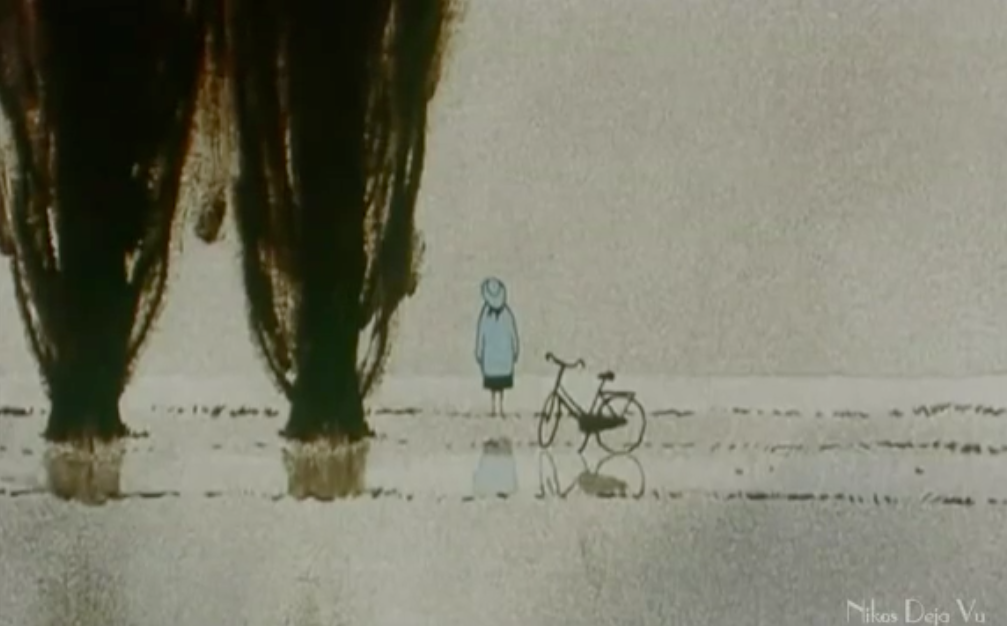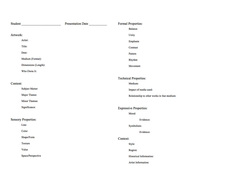AnalysisArt analysis is the practice of discussing and dissecting art work. It involves using art vocabulary to talk about visual things, like art. There are a few more art terms used when talking about video and animation because the elements of time and sound are added. Rather than relying on words like "cool" or "chill", art vocabulary can help you get more specific about why you think something is "cool" and therefore lead you to be more skilled at identifying more "cool" things and making better art yourself.
|
How To AnalyzeArtwork Identifying Information
ContentHere is where you talk about what your video is trying to communicate to the viewer. Explain what the video is communicating to the audience. Pretend the audience just doesn't get it, and explain what we are seeing.
Sensory Properties (Elements of Art+)The Sensory Properties, also known as the Elements of Art, describe the building blocks of the video both visually and aurally. Here is where you describe how the artist communicated the content above. This section speaks to artistic style. Answer how the content is communicated rather than what is being communicated.
Formal Properties (Principles of Design+)The formal properties (also known as the Principles of Design) describe how the artist organized the sensory properties. This section can be discussed in relation to the sensory properties or on its own. For each section ask yourself how the visuals, editing choices, and the soundtrack come together.
Technical Properties (how it was made)The technical properties describe how the medium impacts the look, sound, and feel of the artwork. Each medium has its own limitations that impact what is possible for the artist and therefore the artwork. This is the opportunity to describe how these limitations impacted the video you chose.
Expressive Properties (the feelings it inspires)Expressive properties describe the feeling of the work of art. There are two main categories of exploration in expressive properties: mood and symbolism.
Context (where does this fit into the art historic record)In this section, take some time to research the context in which the artist is working. Where was it made? What was happening at that time in the world that might have influenced the work? What other works came before it that might have influenced the artist? What other works of art has this artist made?
|
- Home
- Sculpture
- Sculpture for Animation
- Advanced Sculpture
-
Art Terminology
- Art Term - Line
- Art Term - Shape
- Art Term - Form
- Art Term - Color
- Art Term - Value
- Art Term - Texture
- Art Term - Space
- Art Term - Balance
- Art Term - Contrast
- Art Term - Dominance
- Art Term - Pattern
- Art Term - Movement
- Art Term - Rhythm
- Art Term - Variety
- Art Term - Unity
- Art Term - Style
- Art Term - Perspective
- Art Term - Vantage Point
- Art Term - Graphic Design
- Art Term - Hand Lettering
- Art Term - Drawing Styles
- Art Term - Shading
- Art Term - Ceramics
- Art Term - Painting
- GHS


